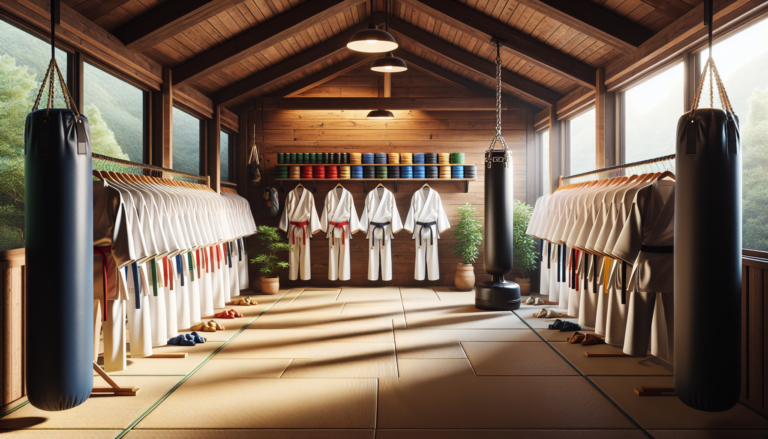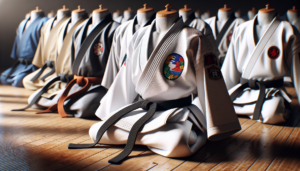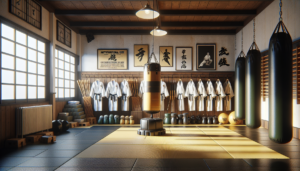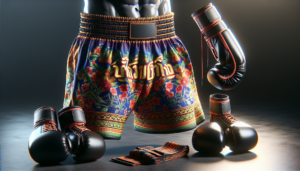Introduction to Karate
Karate is a captivating martial art that blends physical prowess, mental discipline, and self-defense techniques. As a beginner, embarking on your karate journey can be both exciting and intimidating. This comprehensive guide will introduce you to the fundamentals of karate, helping you understand how to do karate and master essential karate techniques.
What is Karate?
Karate is a martial art that originated in Okinawa, Japan. It emphasizes striking techniques, including punches, kicks, knee strikes, elbow strikes, and open-hand techniques like knife-hand strikes. Karate techniques are designed for self-defense, but the practice also promotes physical fitness and mental discipline. As a martial art, karate instills confidence, focus, and respect in its practitioners.
Benefits of Learning Karate
Learning karate offers numerous benefits for both the body and mind. Firstly, karate self-defense techniques equip you with the skills to protect yourself in potentially dangerous situations. The training also enhances physical fitness, improving strength, flexibility, and cardiovascular health. Additionally, the mental discipline cultivated through karate practice helps develop focus, self-control, and resilience, which can be applied to various aspects of life.
Getting Started with Karate
Essential Karate Gear
To begin your karate training at home, you’ll need some essential gear. A karate gi, or uniform, is the traditional attire worn during practice. It consists of a lightweight jacket, pants, and a belt that indicates your rank. Beginners usually start with a white belt. Other important gear includes a mouthguard for protection and comfortable, supportive footwear. As you progress, you may invest in additional equipment like hand pads and a punching bag.
Finding a Karate Instructor
While it’s possible to learn how to do karate through online resources, finding a qualified karate instructor is highly recommended for beginners. A skilled instructor will provide personalized guidance, correct your form, and ensure your safety. Research local karate schools or dojos in your area and schedule a trial class to observe the teaching style and atmosphere. Look for an instructor who is experienced, patient, and creates a positive learning environment.
Online Karate Resources
In addition to in-person instruction, there are numerous online resources available for karate training at home. Websites like the World Wide Karate Guide offer online karate lessons suitable for beginners. For example, Sensei James provides a 10-minute beginner lesson that covers basic stances and techniques. These online resources can complement your regular training and help you practice how to do karate at your own pace.
Basic Karate Techniques
Karate Stances
Karate stances form the foundation of all techniques. They provide stability, balance, and power when executing moves. As a beginner, you’ll learn basic stances like the front stance (zenkutsu dachi), back stance (kokutsu dachi), and horse stance (kiba dachi). Practice these stances regularly to build strength and proper form.
Basic Karate Punches
Karate punches are fundamental striking techniques. The straight punch (choku-zuki) is a powerful, direct strike delivered with a closed fist. The reverse punch (gyaku-zuki) involves rotating the hips and shoulders for added power. Practice punching techniques slowly at first, focusing on proper form and alignment.
Basic Karate Kicks
Karate kicks are another essential component of the martial art. The front kick (mae geri) is a straightforward kick delivered with the ball of the foot. The side kick (yoko geri) involves striking with the blade or heel of the foot from a sideways position. As with punches, start slowly and emphasize proper technique before increasing speed and power.
Advanced Karate Techniques
Tornado Kick
The tornado kick is an advanced karate technique that requires skill and flexibility. It is a jumping kick that involves a 360 degree spin and is commonly seen in martial arts demonstrations and competitions. Champions Karate Dojo provides a detailed lesson on executing the tornado kick, breaking down the steps for learners of all ages.
Combination Techniques
As you progress in your karate techniques, you’ll learn to combine various strikes and kicks into fluid sequences. Karate combinations allow you to chain multiple attacks together, increasing your offensive capabilities. Practice pre-arranged combinations with a partner or on a punching bag to develop speed, power, and muscle memory.
Karate Training and Practice
Warm-Up Exercises
Before each karate training session, it’s crucial to perform karate warm-ups. These exercises help prevent injuries and prepare your body for the demands of karate. A typical warm-up may include jogging, jumping jacks, stretches, and basic karate techniques performed at a low intensity. Dedicate at least 10-15 minutes to your warm-up routine.
Practicing Karate at Home
Consistency is key when learning how to do karate. In addition to attending regular classes, set aside time for karate training at home. Use online resources and instructional videos to guide your practice. Focus on perfecting your stances, punches, and kicks. Shadow boxing, kata (pre-arranged forms), and conditioning exercises can also be done at home to supplement your training.
| Home Training Exercise | Description |
|---|---|
| Shadow Boxing | Practice punches, kicks, and combinations in the air, visualizing an imaginary opponent. |
| Kata | Perform pre-arranged forms that consist of a series of offensive and defensive movements. |
| Conditioning | Engage in exercises like push-ups, sit-ups, and squats to build strength and endurance. |
Setting Goals and Tracking Progress
Set realistic karate goals for yourself and track your progress over time. Goals may include mastering specific techniques, achieving a higher belt rank, or improving your fitness level. Keep a training journal to record your practice sessions, note areas for improvement, and celebrate your achievements. Remember that karate progress is a gradual process that requires patience and dedication.
Karate Competitions and Events
Local and International Karate Events
As you advance in your karate journey, you may have the opportunity to participate in karate competitions and events. Local tournaments provide a platform to test your skills against other karate practitioners in your area. International events like the World Kickboxing Association (WKA) and World Karate Commission (WKC) bring together top competitors from around the world. Champions Karate Dojo has a history of success in these events, with Team USA winning numerous gold medals.
Preparing for Competitions
If you decide to compete in karate competitions, thorough preparation is essential. Increase the intensity of your training, focusing on speed, power, and endurance. Practice sparring with a partner to simulate the competition environment. Pay attention to the rules and regulations of the specific event you’ll be participating in. Mental preparation is equally important – visualize your success, stay focused, and maintain a positive attitude.
Conclusion
Continuing Your Karate Journey
Learning how to do karate is an ongoing journey of self-improvement and personal growth. As you progress from a beginner to an advanced practitioner, continue to challenge yourself and strive for excellence. Attend seminars, workshops, and training camps to expand your knowledge and skills. Remember that the principles of discipline, respect, and perseverance you learn in karate can be applied to all aspects of your life.
Resources for Further Learning
To support your karate training, take advantage of the wealth of resources available. Here are a few recommendations:
- Books: “The Essence of Karate” by Gichin Funakoshi, “Karate-Do: My Way of Life” by Gichin Funakoshi
- Online Courses: Udemy offers a variety of karate courses for different skill levels, with Sensei James providing discounts for his students.
- YouTube Channels: The World Wide Karate Guide and Champions Karate Dojo offer instructional videos and tutorials.
- Karate Organizations: Join national or international karate organizations to stay connected with the community and access additional resources.
By following this beginner’s guide and dedicating yourself to consistent practice, you’ll be well on your way to mastering the art of karate. Embrace the journey, stay humble, and enjoy the physical, mental, and personal growth that comes with pursuing this incredible martial art.






